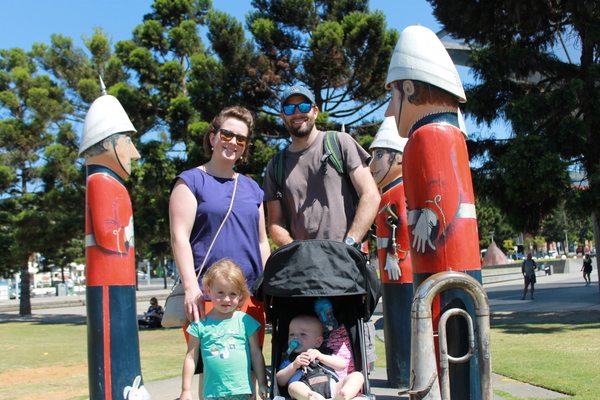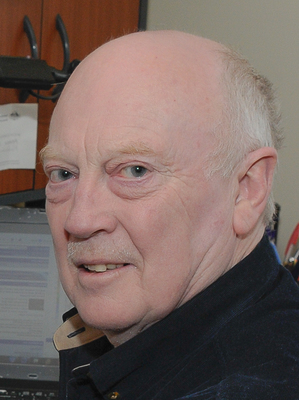
Under the Weather, by Lindsay Smail
February 2017 turned out to be just fractionally cooler than average but completed a summer that was a little warmer than usually experienced in the Geelong region.
Also in contrast, February was relatively wet but summer overall was drier than normal.
February’s maximums averaged 25.8C, just above the 30-year average of 25.2C. But the daily minimums averaged 13.5C for the month compared to the higher 30-year figure of 14.2C.
The month’s top temperature reached 36.3C on 8 February, while eight days were over 30C but none reached 40C.
The coldest night was 15 February when the mercury fell to 8.3C.
The figures for February failed to prevent Geelong recording a summer that was warmer than the 30-year mean temperature, by 19.5C compared to 18.9C.
February delivered central Geelong above-average rain, thanks largely to a constant downpour that began on the fifth and ended up filling gauges to 40.6mm
Outer suburbs, such as Grovedale with 27cm, received less but the result was similar: some flash flooding, thunder and lightning, although the event failed to qualify as a severe storm.
February had only five rain days, but most of the region received above-average falls.
As a result, the region’s water catchments finished the month at 70 per cent of capacity.
As with the monthly and seasonable temperature contrasts, Geelong’s wetter-than-average February failed to prevent summer finishing drier than normal. The seasonal figure was 91mm compared to the long-term average of 118mm.
Apart from 5 February’s heavy rain, the month featured little else of weather significance, with no strong winds, extreme temperatures or storms.
* Lindsay Smail operates Geelong Weather Services







